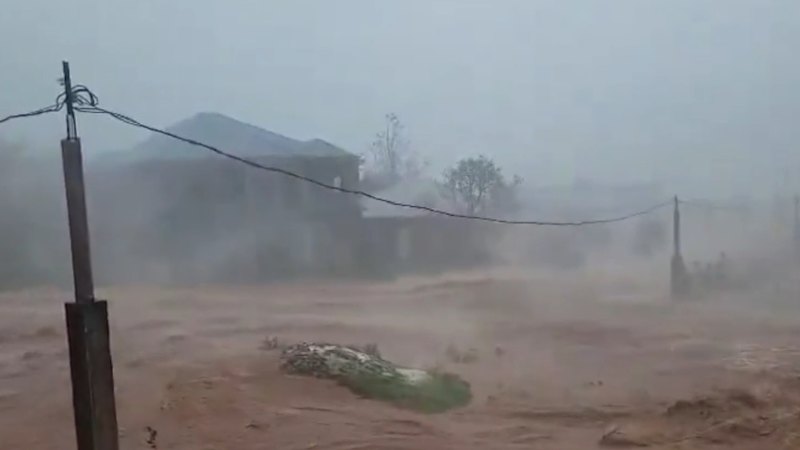
Hurricane Melissa, a Category Five storm, has made landfall in Jamaica, unleashing destructive winds and heavy rainfall that have caused significant damage across the island. The storm, which reached peak winds of over 157 mph (252 km/h), has led to widespread power outages and infrastructure destruction, prompting local authorities to declare a state of emergency.
“This is a serious situation,” said Jamaica’s Prime Minister, Andrew Holness, during a press briefing. “We urge all citizens to take the necessary precautions and stay indoors.”
The National Hurricane Center reported that Hurricane Melissa made landfall on October 10, 2023, near the northern coast of Jamaica. With the storm’s strength, officials fear extensive flooding and landslides in vulnerable areas. Emergency services are on high alert, with many residents evacuated from coastal regions.
As the storm progresses, reports indicate that over 200,000 households have lost power, and many roads are blocked by debris. The government is coordinating relief efforts, including the distribution of food and medical supplies to affected areas.
Local authorities are working to assess the full extent of the damage. In addition to the immediate threats posed by the hurricane, concerns are growing regarding long-term impacts on the economy, particularly for tourism and agriculture, which are vital to Jamaica’s economy.
In the capital, Kingston, preparations were underway as residents stocked up on essentials ahead of the storm. Shelters were opened to accommodate those in need, with officials reminding citizens of the importance of staying informed through official channels.
As Hurricane Melissa continues to move through the Caribbean, the situation remains fluid. Authorities are urging everyone to stay vigilant and heed all safety warnings.
The aftermath of Hurricane Melissa will likely require a coordinated recovery effort, and the international community may need to step in to assist Jamaica as it navigates the challenges posed by this natural disaster.






